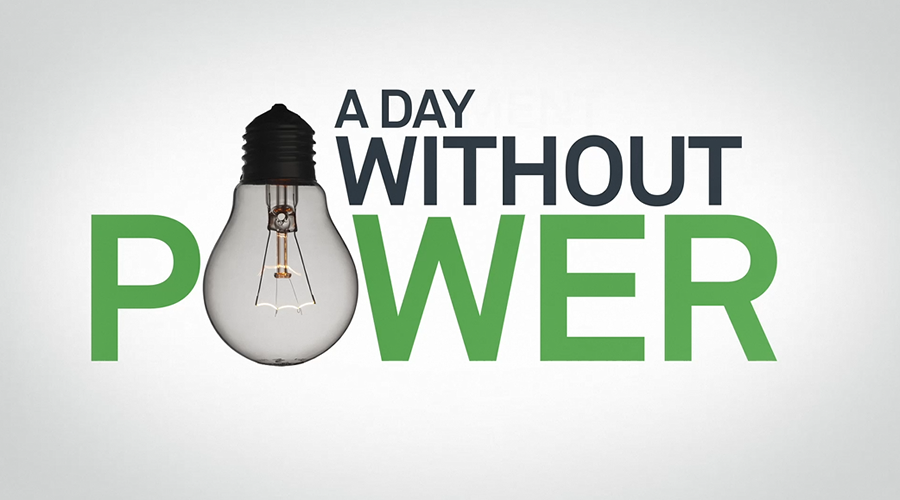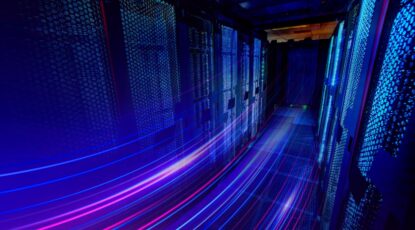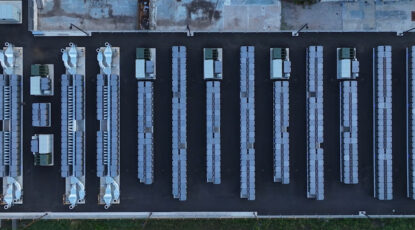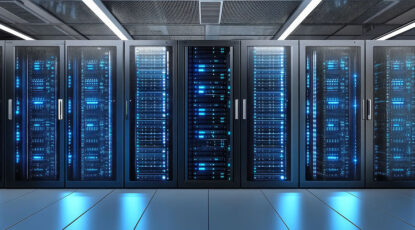Today, 24×7 electric power is a basic necessity – powering everything from our homes, to our businesses, to our transportation systems.
But in a post-climate change world, access to reliable power is becoming increasingly uncertain.
Climate change is contributing to more frequent and more severe weather events than ever before. In 2019, 14 separate weather and climate disasters caused financial losses exceeding $1 billion apiece, including severe storms, flooding events, cyclones, and wildfires.
These weather events and natural disasters severely stressed the nation’s aging grid infrastructure, resulting in widespread power outages that left counties and even entire states in the dark – sometimes for days.
Check out our California Power Outage Map to see when and where blackouts happen
From wildfire safety power shutoffs on the West Coast to nor’easters and severe winter storms on the East Coast, climate-driven blackouts are becoming the ‘new normal.’ These events are proving to be the canary in the coal mine, causing a shift in thinking from “the cost of power” to “the cost of not having power.”
For large businesses, the cost of an outage can escalate into the millions of dollars per hour of downtime. In the same way that cybersecurity rose to become a boardroom topic in the early 2000s, power insecurity has shifted energy resiliency to the forefront of business strategies.
Microgrids are localized grids that provide safe havens of power, keeping the lights on even when the grid is down.
Learn how businesses and communities are protecting themselves from power outages
In our post-climate change world, it’s no longer just hospitals, first responders, and elected officials that need to be asking “how can I protect my constituents” – it’s everyone. Businesses, manufacturers, and data centers whose employees, products, and bottom line are impacted by power outages must weigh the cost of not having power.



